This week I’ve been pretty busy hand-drawing old comics, so I thought I’d go and post something completely different.
So, this week:
Why flags?
Well, flags, by their very nature, tend to be packed with meaning and symbolism designed to represent whatever entity happens to be proudly and/or mindlessly waving them around. This makes them a pretty good storytelling vehicle, so come with me now on a tangent-heavy tour of the World through its flags, from countries that no longer exist, to tiny islands in the Pacific you didn’t know existed, to secret Soviet cities that nobody knew existed.
Obviously, the first flag we should start with is the flag of the International Federation of Vexillological Associations.
Vexillology is the study of flags, which once you’ve learned how to pronounce it, is a great bit of trivia knowledge that you can often win a pub quiz with.

The flag features a sheet bend knot which if you’re a sailor, or a rock climber or into Japanese rope bondage is a really handy one to know, or if you’re me, it’s pretty good for organising all those cords you have lying around.
Speaking of sailing, apparently the first modern Olympics held in 1896 were supposed to include sailing, but it was cancelled due to severe weather. This isn’t so much an interesting fact as it is a smooth segue into one of the world’s most recognised flags:
The Olympic Flag was designed by the founder of the International Olympic Committee, Pierre de Coubertin who looked a lot like this.
Pierre de Coubertin was an interesting guy; as well as kick-starting the entire modern Olympic movement, he also won a Gold Medal in Literature at the 1912 Olympics and yes, I’m absolutely serious, that was a thing.
So the new official Olympic flag made its first appearance at the 1920 Antwerp Games, back when the opening ceremony had about the same budget and fanfare as a local sports meet.
While multiple versions of the ringed flag would appear, there was to be one specific version of the flag that was to be passed like the torch from one host city to the next. The passing on of this flag was to occur during the closing ceremony, where Antwerp’s Mayor would pass it on to the Paris Mayor who was hosting the next edition of the games.
The problem was, when all the competition was finished and the closing ceremony finally rolled around, nobody could find ‘The Antwerp Flag’ and so a new one was made for the 1924 Paris Olympics.
This replacement flag was better looked after, (which the IOC continued to call ‘The Antwerp Flag’ anyway) and was successfully passed from city to city, all the way up to the 1988 games where it was retired and replaced by the Seoul Flag.
It wouldn’t be until 1997, when ex-Olympian Hal Haig Prieste was being interviewed when the original missing ‘Antwerp Flag’ came up in conversation.
“I can help you with that,” Prieste remarked,
“It’s in my suitcase.”
As it turns out, Prieste (who’d been egged on by teammate Duke Kahanamoku) had climbed a 15ft flag pole and stolen the flag as an Olympic memento for himself back in 1920.
He’d then put it in a suitcase and purportedly forgotten about it for the next 77 years.
Here he is finally returning it to the IOC three years later at their annual meeting.
When asked why he’d chosen to finally return it, the 103 yr old Prieste responded
“I thought I ain’t going to be around much longer — it’s no good in a suitcase”
His co-conspirator and team mate Duke Kahanamoku, was also a pretty impressive guy. As well as being an incredible swimmer, he’s also considered to be the father of surfing, effectively exporting the age-old Hawaiian pastime to the rest of the world. Here he is in Australia in 1914 giving the country its first-ever surfing demonstration, and subsequently kicking off our love affair with the sport.
They’re also finally made a film about him, which I still need to track down, but looks excellent.
I could write a whole post just on Duke (and maybe I will) but for now he’s serving as another segue, as his home state Hawaii is also the only US state to have a union jack in their flag. (and you thought I was on an endless tangent…)
Another island nation with an excellent flag is The Seychelles. This was their flag from 1977 to 1996, and I know what you’re thinking “Why would you change this wonderfull flag?!"
…well I’ll tell you why, because if you replace it with THIS, then it’s totally acceptable.
Look at the energy in this thing! I love how a lot of the tiny countries seem to have an attitude to flag design that goes something along the lines of:
“Fuck it, nobody seems to notice us, let’s make a crazy flag”
Here’s another absolutely lovely one, the extremely happy Flag of Friesland!
Those aren’t hearts by the way, they’re ‘pompeblêden’ or (in German) SeeBlatt, which is the name for the stylised leaf of a water lily and they pop up in a lot of stuff in this area of the world. (as in flags, not lakes, but also lakes)
Okay, in stark contract to that happy little flag, this next flag is one of the saddest, most poignant and politically charged flags I’ve ever come across. But first, some back-story:
In 1946 the US began testing atomic bombs on Bikini Atoll. (A few days later fashion designer Louis Reard would use the name for his new ‘risque’ swimsuit)
Before testing, the local residents of Bikini Atoll were relocated by the US to Rongerik Atoll 200km away, (uninhabited and entirely unsuitable for sustained living) Despite this distance, during testing, fallout from the Castle Bravo test still fell on the residents, who then suffered radiation sickness.
By the time the US was finished testing, Bikini Atoll was so contaminated that living on the island was impossible.
The local Bikini residents were again relocated to another island, this one even further away and just a 6th of the size of Bikini, and with no lagoon which was essential to their survival.
And so, this is Bikini Atoll’s flag, adopted in 1987.
The white stars represent the islands of Bikini Atoll, the 3 black stars top right represent the islands affected by the tests, the two stars bottom right are the islands where the inhabitants now live, far from their real home. The appropriated use of the American flag is symbolic, referencing the islanders belief that the United States still has obligations to the Bikini residence for reparations for the nuclear testing and proper resettlement.
Flags are inherently political, but this one carries a lot more meaning than most.
No easy way to segue from that story, so here’s the Flag of Lombardy, in Italy. Which is was probably a really cool flag up until fidget spinners got invented.
This next flag here is the flag of Tonga between 1862 and 1866, which everyone was initially pretty happy with, until the Red Cross organisation was invented in 1863 and made it all a bit awkward…
so Tonga had to make some changes, by just adding a bunch of red and ending up with a slightly less striking, but still very lovely flag.
Meanwhile, Russia has some EXCELLENT city flags.
Here’s the flag of Vologda, which to my mind has a terrifically Monty Python’esque feel to it.
Also, while we’re on Russian city flags, let’s all appreciate the Flag of Magnitogorsk, possibly the most hipster flag I’ve yet come across…
Here’s another good one: This is the flag for Zheleznogorsk, which used to be a secret Soviet town called Krasnoyarsk-26 that produced weapons grade plutonium.
Their flag is a bear ripping an atom apart, because of course it is.
And to finish off our little tour, I’ll leave you with one of my favourite flag related stories:
Separating North Korea and South Korea is the Demilitarised Zone, and within this zone is an area called The Joint Security Area, which used to be used for negotiations between the two sides.
During initial negotiations for the armistice, agents from the KPA/CPV side arrived early to the ‘truce tent’ and sawed down the chair legs of the UNC’s chairs, resulting in them sitting lower at the meeting and causing them to lose face and walk out.
At a later meeting, the UNC delegation brought a small flag with them to put on the table. At the next meeting the KPA/CPV brought a flag of their own, which of course was slightly larger than the UNC’s flag. Not to be outdone, the UNC brought a larger flag to the next meeting. Over several more meetings the sizes of the flags gradually increased on both sides until finally a meeting was called to discuss the sizes of the flags which at that stage had become too large to fit in the tent.
And that’s where I’ll leave it for this week. Very sorry if you were hoping for some comics, but sometimes you’ve just gotta get nerdy about flags and with any luck there’s some obscure knowledge here that’ll help in the next pub quiz.
I quite like this idea of mixing things up with a non-comics post here and there. Not sure what I’ll call them, but with any luck there’s going to be a few more of them sneaking through next year!
As always, if you apreciate everything going on here - please do subscribe to get posts straight to your inbox, or alternativly - Sign up to be a paid subsciber and become a true patron to the arts.
AND, lastly - this is exactly the kind of post that needs comments so I’ll leave a little link for that!



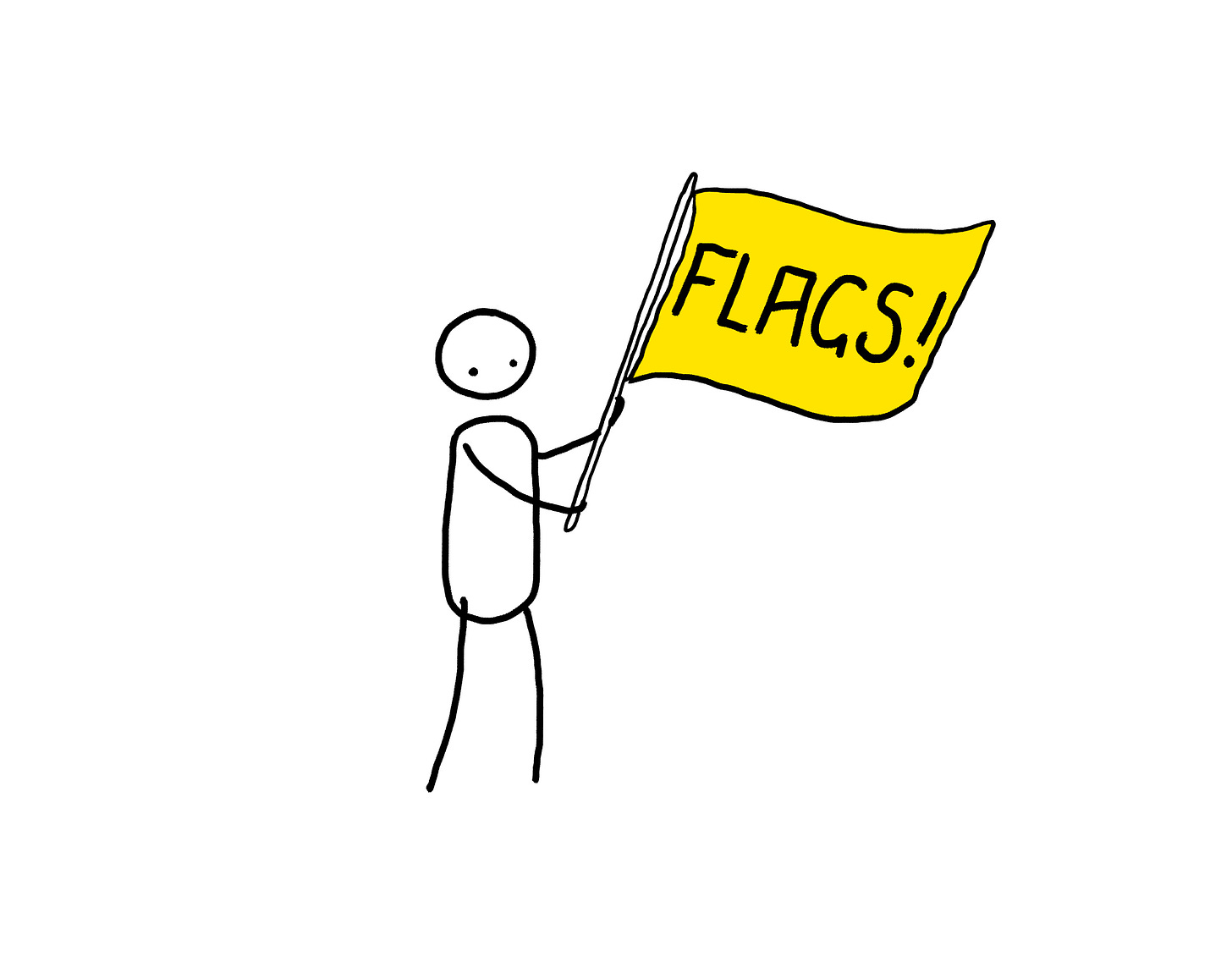



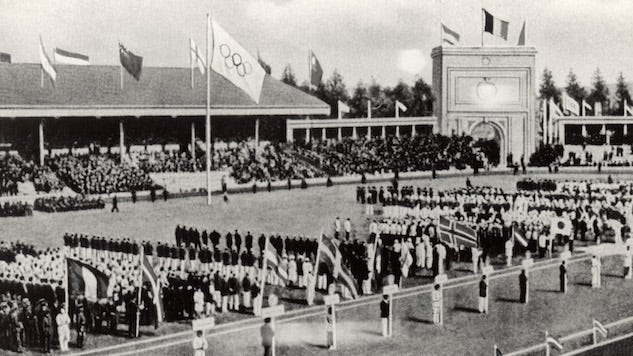

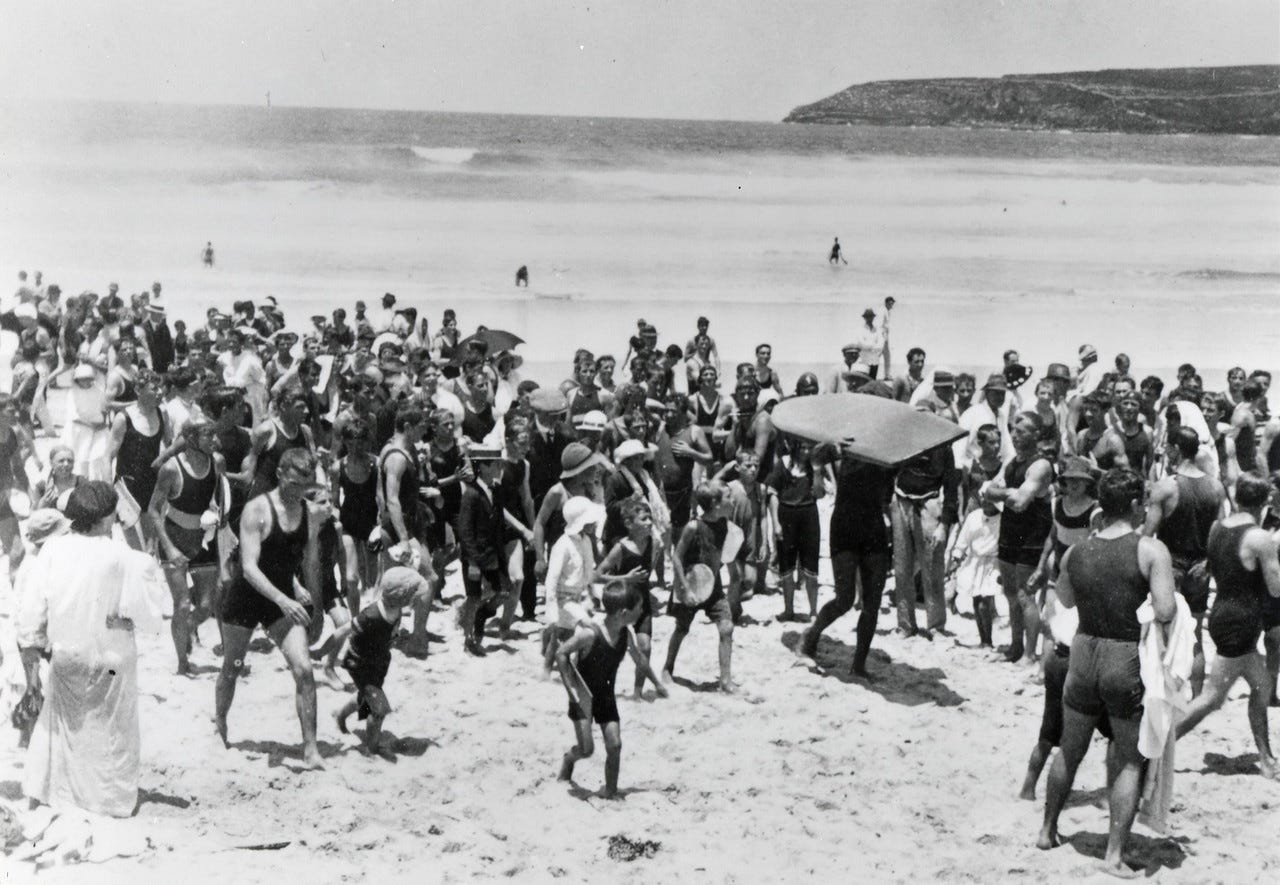



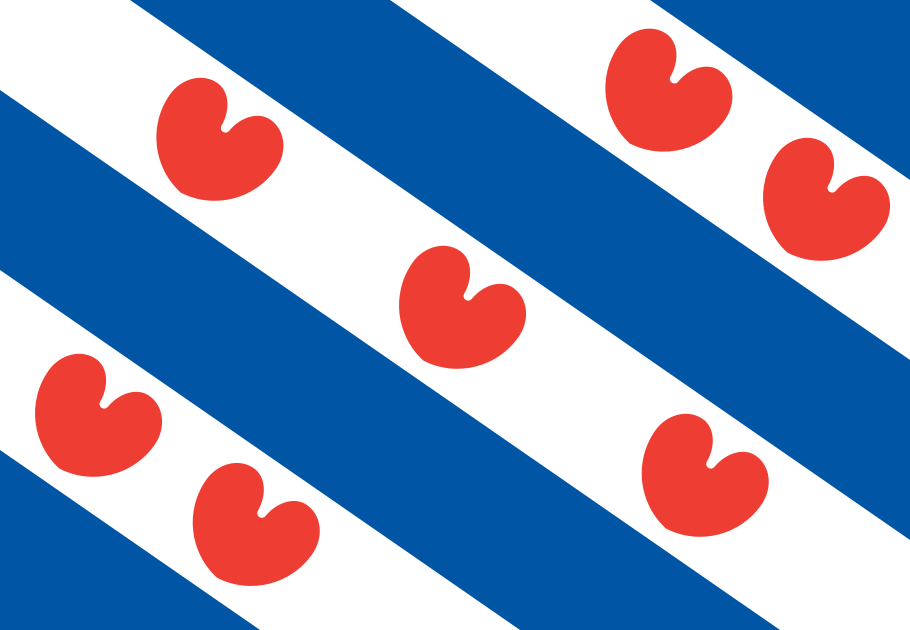
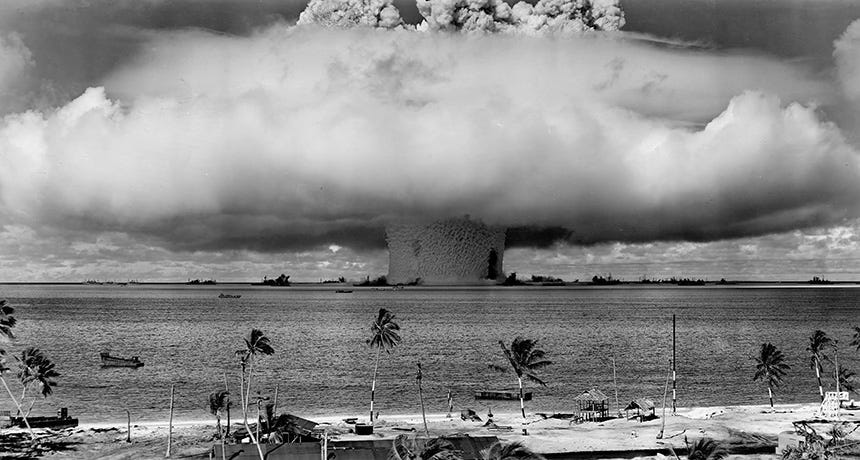









any kind of nerdiness is a total green flag for me, so to speak, so keep it up
So interesting, more please